 Steve's Show
Steve's Show
Time Period: World War II through the Faubus Era (1941 - 1967) - Starting with S
 Steve's Show
Steve's Show
Stephens, Witt
aka: Wilton Robert Stephens
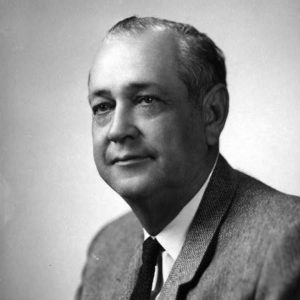 Witt Stephens
Witt Stephens
 Sterling Store
Sterling Store
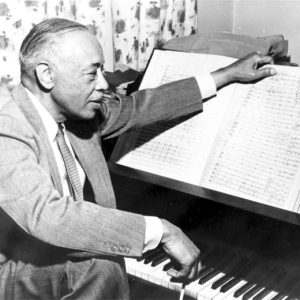 William Grant Still
William Grant Still
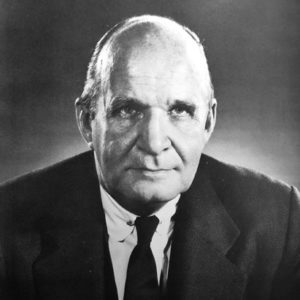 Edward Stone
Edward Stone
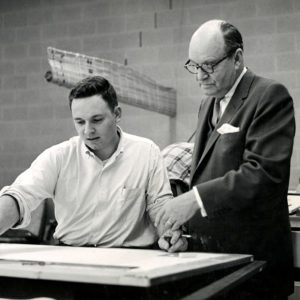 Edward D. Stone and Student
Edward D. Stone and Student
Stone, Edward Durell
 James L. Stone
James L. Stone
 James L. Stone
James L. Stone
Stone, James Lamar
 Kathryn Stoner
Kathryn Stoner
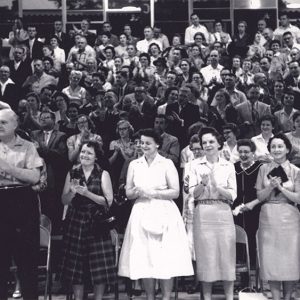 STOP Rally
STOP Rally
Stop This Outrageous Purge (STOP)
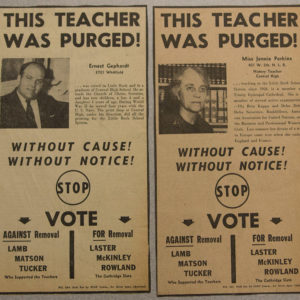 STOP Ads
STOP Ads
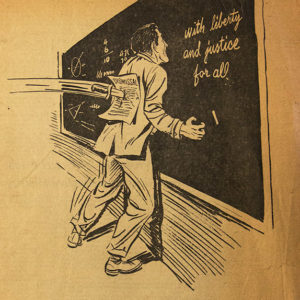 STOP Ad
STOP Ad
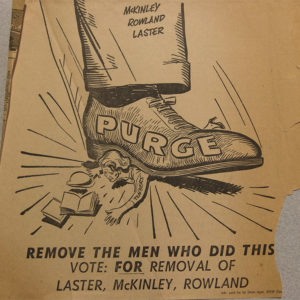 STOP Ad
STOP Ad
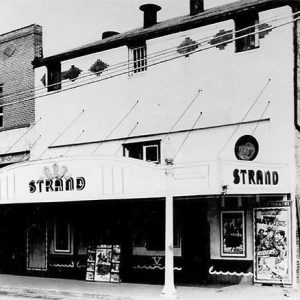 Strand Theater
Strand Theater
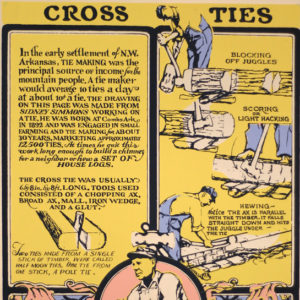 M. E. Oliver's Strange Scenes in the Ozarks
M. E. Oliver's Strange Scenes in the Ozarks
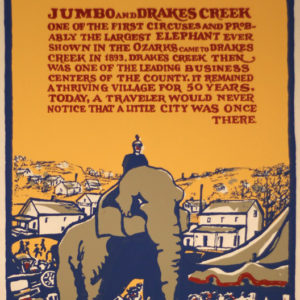 Strange Scenes in the Ozarks by M. E. Oliver
Strange Scenes in the Ozarks by M. E. Oliver
Strengthen the Arm of Liberty Monuments
Stuck, Dorothy
Stuck, Elmer Axtell
 Students and Soldiers
Students and Soldiers
Sturgis, Walter Roy
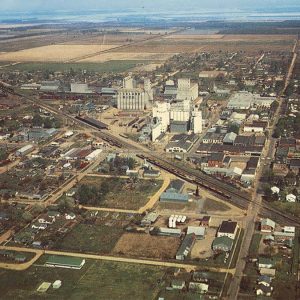 Stuttgart Aerial View
Stuttgart Aerial View
Stuttgart Army Air Field
 Stuttgart Army Air Field Brochure
Stuttgart Army Air Field Brochure
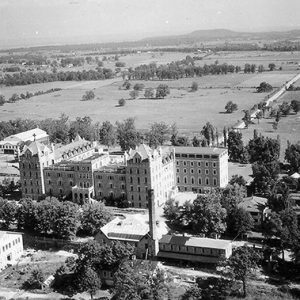 Subiaco Abbey and Academy
Subiaco Abbey and Academy
 Subiaco Library
Subiaco Library
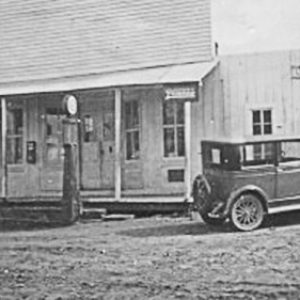 Sugar Grove
Sugar Grove
Sugimoto, Henry Yuzuru
Summer of My German Soldier
Surratt, Alfred “Slick”
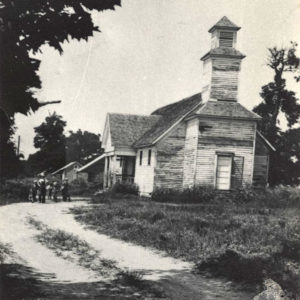 Surrounded Hill School
Surrounded Hill School
Sutton, Ozell
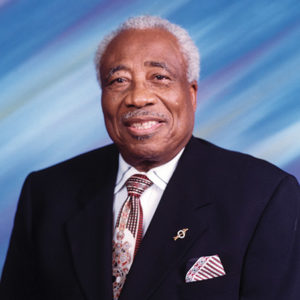 Ozell Sutton
Ozell Sutton
Swedlun, Frederick Ernest
aka: Ernest Fredericks
Swedlun, Glenn C.
 "Sweet Home Chicago," Performed by Robert Lockwood Jr.
"Sweet Home Chicago," Performed by Robert Lockwood Jr.
 Barry Switzer
Barry Switzer




